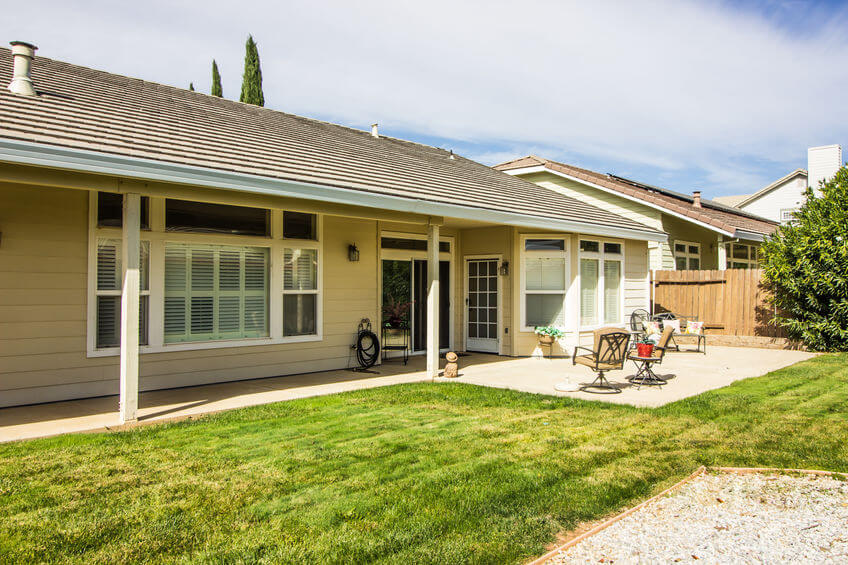A Comprehensive Guide to Sloped Roofing Solutions in Hamilton

Sloped Roofing
Sloped roofing is a preferred choice for many homeowners in Hamilton due to its numerous advantages, from effective water drainage to aesthetic appeal. This comprehensive guide will explore the various aspects of sloped roofing, including its benefits, types, and tips for maintenance, helping you make an informed decision for your home.
Why Choose Sloped Roofing?
Sloped roofing, also known as pitched roofing, offers several benefits that make it an ideal choice for homes in Hamilton. Here are some of the key reasons to consider sloped roofing:
- Efficient Water and Snow Drainage: The inclined design of sloped roofs ensures that rainwater and snow slide off easily, preventing water accumulation and reducing the risk of leaks and structural damage. This is particularly beneficial in Hamilton, where heavy rainfall and snowfall are common.
- Enhanced Durability: Sloped roofs are designed to withstand harsh weather conditions, including strong winds, heavy snow, and hail. The materials used, such as asphalt shingles, metal, and tiles, are known for their durability, ensuring a long-lasting roof with minimal maintenance.
- Improved Energy Efficiency: Sloped roofs contribute to better energy efficiency by allowing for improved ventilation and airflow. The attic space created by a sloped roof can be insulated more effectively, helping to regulate indoor temperatures and reduce energy costs.
- Aesthetic Versatility: Sloped roofs come in a variety of styles and materials, allowing you to choose a design that enhances the architectural appeal of your home. The classic and attractive look of sloped roofs can significantly boost your property’s curb appeal and market value.
- Additional Attic Space: The design of sloped roofs often provides extra attic space, which can be used for storage or converted into additional living areas. This added space can be a valuable asset, offering more room for your needs.
Types of Sloped Roofing
There are several types of sloped roofing to choose from, each with its unique features and benefits. Here are some of the most popular options:
- Gable Roof: The gable roof is characterized by two sloping sides that form a triangular shape. This simple yet effective design allows for excellent water drainage and ventilation. Gable roofs are versatile, cost-effective, and suitable for various architectural styles.
- Hip Roof: A hip roof has slopes on all four sides that converge at the top to form a ridge. This design offers superior stability and wind resistance, making it ideal for areas with strong winds. Hip roofs also provide more shade and protection from the elements.
- Mansard Roof: The mansard roof, also known as a French roof, features two slopes on each side, with the lower slope being steeper than the upper one. This design creates additional living or storage space in the attic and is often used in traditional and historical architecture.
- Gambrel Roof: Similar to the mansard roof, the gambrel roof has two slopes on each side, with the lower slope being steeper. Commonly seen in barns and rural homes, the gambrel roof provides ample attic space and a distinctive look.
- Shed Roof: A shed roof has a single slope, making it a simple and cost-effective option. Shed roofs are often used for home additions, garages, and modern architectural designs, offering a sleek and contemporary appearance.
Tips for Maintaining Your Sloped Roof
Proper maintenance is essential to ensure the longevity and performance of your sloped roof. Here are some tips to keep your roof in top condition:
- Regular Inspections: Conduct regular inspections of your roof to identify any potential issues, such as missing shingles, cracks, or leaks. Addressing these problems early can prevent more significant damage and costly repairs.
- Clean Gutters and Downspouts: Ensure that your gutters and downspouts are clean and functioning properly. Clogged gutters can cause water to overflow and damage your roof and foundation.
- Remove Debris: Keep your roof free of debris, such as leaves, branches, and dirt. Accumulated debris can trap moisture and cause damage to your roofing materials.
- Trim Overhanging Branches: Trim any tree branches that hang over your roof to prevent them from falling and causing damage during storms. Overhanging branches can also drop leaves and debris onto your roof, leading to potential issues.
- Check Flashing and Sealants: Inspect the flashing and sealants around your roof’s vents, chimneys, and other openings. Ensure they are in good condition and replace or repair them as needed to prevent water infiltration.
- Hire Professional Roofers: For more extensive maintenance and repairs, hire professional roofers with experience in sloped roofing. They have the expertise and tools to handle complex issues and ensure your roof remains in excellent condition.
Conclusion
Sloped roofing is an excellent choice for homes in Hamilton, offering numerous benefits such as efficient water drainage, enhanced durability, improved energy efficiency, aesthetic versatility, and additional attic space. By understanding the different types of sloped roofing and implementing proper maintenance practices, you can ensure your roof provides lasting protection and enhances the beauty of your home for years to come.







